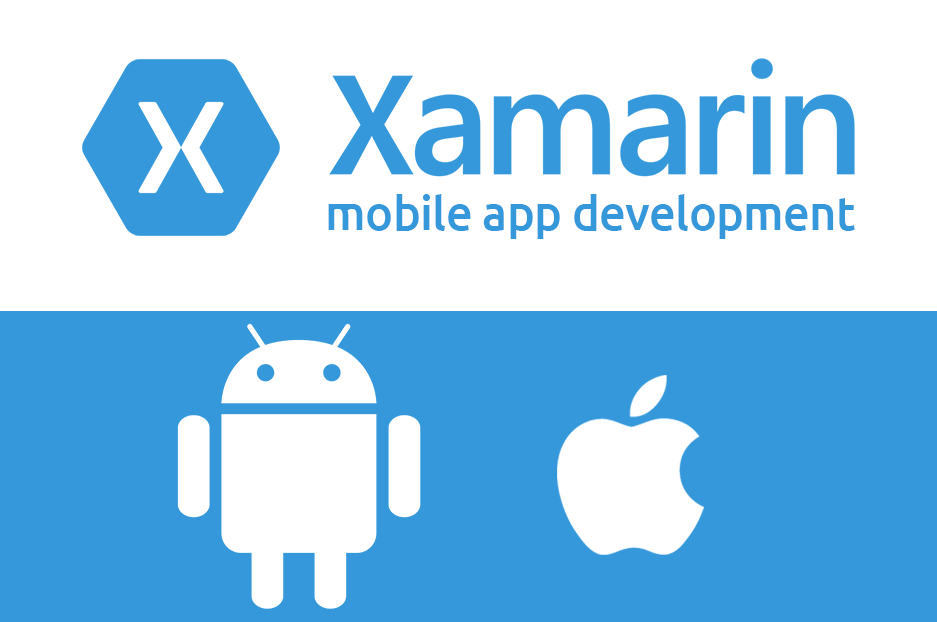
Free eBooks for Beginners
In Xamarin, a framework for building mobile apps, a custom renderer is a way for developers to customize the appearance and behavior of a user interface element on different platforms. This allows you to create a consistent look and feel across multiple platforms, while still being able to take advantage of platform-specific features.
The process of creating a custom renderer involves creating a new class that inherits from a standard Xamarin class, such as Button or Label, and then overriding certain methods to customize the appearance and behavior of that element.
For example, let’s say you want to create a custom button that has a different appearance on Android than on iOS. You would create a new class called MyButton that inherits from the Xamarin.Forms.Button class. Then, in the Android project, you would create a custom renderer for the MyButton class that changes the appearance of the button using the Android button API. In the iOS project, you would create a custom renderer for the MyButton class that changes the appearance of the button using the iOS button API.
When you use the MyButton class in your app, the custom renderer for the appropriate platform will be used to display the button. This allows your app to have a consistent look and feel across multiple platforms, while still being able to take advantage of platform-specific features.
Custom renderers can also be used to add new functionality to a user interface element that is not available in the standard Xamarin classes. For example, you could create a custom renderer for the Label class that adds support for a new text formatting feature that is not available in the standard Label class.
It is important to note that custom renderers are platform-specific and must be implemented on each platform. And, also it is important to understand the underlying platform-specific APIs in order to create effective custom renderers.
Custom renderers are a powerful feature of Xamarin that allows developers to customize the appearance and behavior of user interface elements on different platforms. It enables developers to create a consistent look and feel across multiple platforms while still being able to take advantage of platform-specific features, also it allows to add new functionality to a user interface element.
Cookbook – Xamarin for Beginners – Chapter 13
 Loading...
Loading...
Disclaimer: The information and code presented within this recipe/tutorial is only for educational and coaching purposes for beginners and developers. Anyone can practice and apply the recipe/tutorial presented here, but the reader is taking full responsibility for his/her actions. The author (content curator) of this recipe (code / program) has made every effort to ensure the accuracy of the information was correct at time of publication. The author (content curator) does not assume and hereby disclaims any liability to any party for any loss, damage, or disruption caused by errors or omissions, whether such errors or omissions result from accident, negligence, or any other cause. The information presented here could also be found in public knowledge domains.